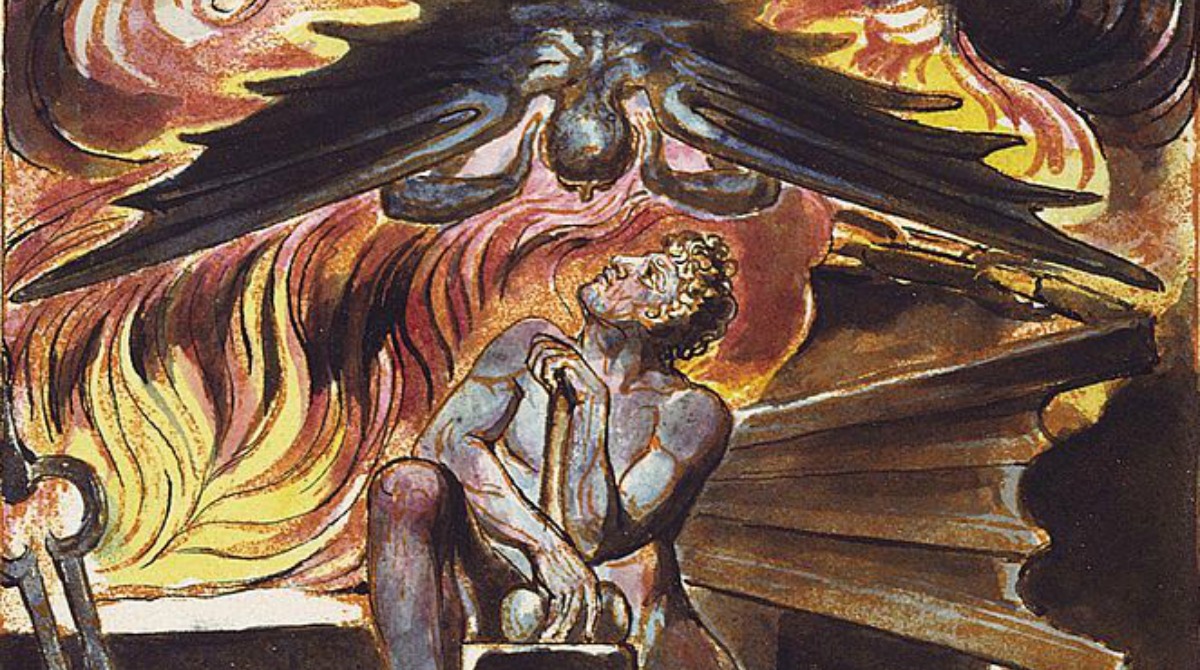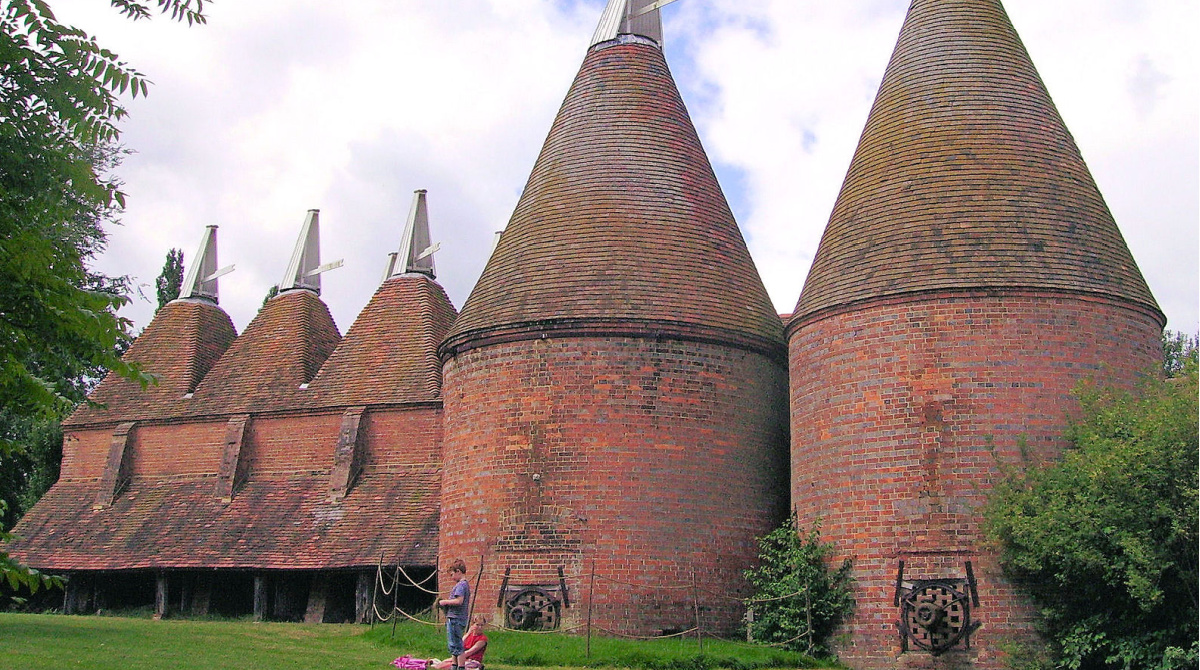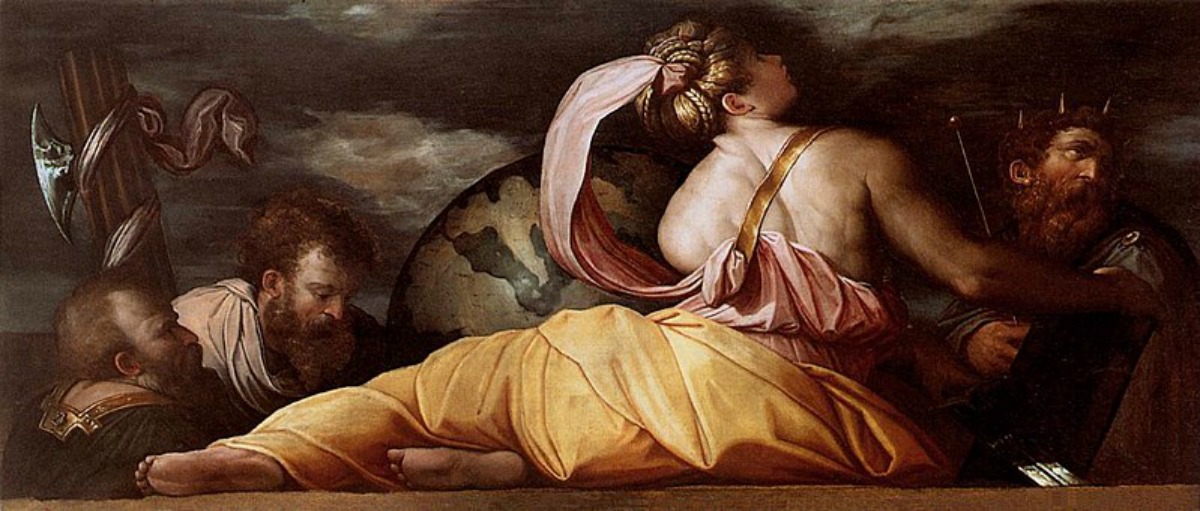Pullman and Blake: subversive artists for a godless era
Two cultural treats currently available to us have more in common than might at first be realised. At the weekend, the BBC transmitted the opening episode of His Dark Materials, the eight-part adaptation for TV of the first book in Philip Pullman’s acclaimed and controversial trilogy. London’s Tate Britain, meanwhile, is displaying an exhibition of the visual art of William Blake, the 18th-century poet and engraver known principally for The Tyger and the lines from a longer work that became known as Jerusalem.
Both Pullman and Blake are subversive artists. Yet while their views may be criticised, great art touches us on an entirely different level. Indeed, by changing the way we look at the world it could be described as intrinsically subversive. Its images tap into thoughts and feelings we sometimes hardly know we have, and its images stay in the mind and heart. It is possible simultaneously to love and to fear them, to appreciate them deeply and to disapprove.
The endorsement by both these artists of the transgressive and the individual against external authority is perhaps a reason why both appeal so strongly to the modern world.
The paradox, though, is that both exhibit a deep if unorthodox spiritual yearning. So that may also be why their appeal is so powerful to our society which, while congratulating itself for having broken the shackles of religion and turned transgression into secular orthodoxy, is existentially lonely, directionless and lost.
To read my whole Times column (£), please click here.




